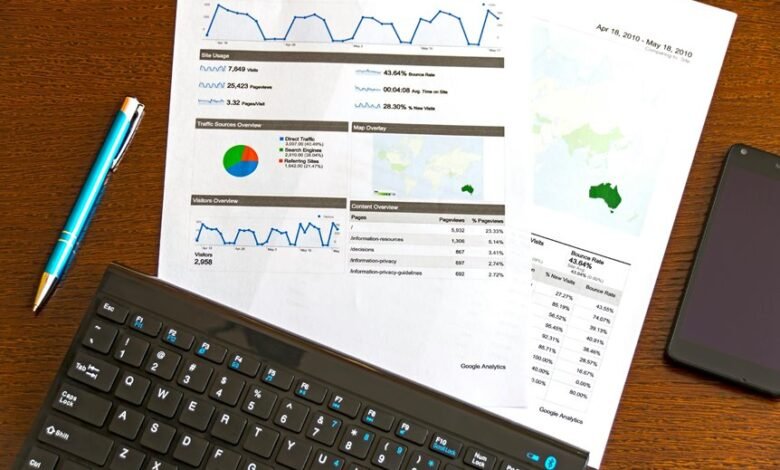Financial Performance Dashboard: 8449861927, 8453023586, 8455203526, 8458362040, 8472578339, 8474911100

A Financial Performance Dashboard is crucial for organizations aiming to assess their financial status accurately. It consolidates key metrics, such as revenue and expenses, into a visual format that enhances comprehension. Real-time data integration further amplifies its utility, facilitating swift and informed decision-making. Understanding the essential components and advantages of this tool is vital for organizations. However, the effectiveness of a dashboard hinges on its design and implementation strategies. What are the best practices for achieving this?
Key Components of a Financial Performance Dashboard
A financial performance dashboard serves as a critical tool for organizations aiming to monitor and enhance their financial health.
Key components include essential financial metrics such as revenue, expenses, and profit margins.
Effective data visualization techniques, like graphs and charts, facilitate quick interpretation of complex data, enabling stakeholders to make informed decisions that promote financial independence and strategic agility.
Benefits of Implementing a Financial Performance Dashboard
While organizations strive for financial stability and growth, implementing a financial performance dashboard offers significant advantages that can enhance decision-making processes.
It provides data visualization and real-time insights, facilitating effective performance tracking and KPI management.
This streamlined approach not only improves stakeholder engagement but also empowers leaders to make informed decisions swiftly, ultimately driving better financial outcomes and fostering organizational freedom.
Best Practices for Designing an Effective Financial Performance Dashboard
Designing an effective financial performance dashboard requires a strategic approach that prioritizes clarity and usability.
Best practices include utilizing data visualization techniques that enhance user engagement, ensuring that key metrics are easily accessible and understandable.
Implementing intuitive navigation, maintaining a consistent design, and incorporating real-time data can significantly improve decision-making, ultimately fostering a deeper connection between stakeholders and financial insights.
Conclusion
In conclusion, a Financial Performance Dashboard acts as a compass, guiding organizations through the intricate landscape of financial data. By integrating key metrics and real-time insights, it empowers stakeholders to navigate potential challenges and seize opportunities with clarity. The dashboard not only illuminates the path to informed decision-making but also fosters strategic agility, enabling organizations to adapt and thrive in a dynamic financial environment. Ultimately, it symbolizes the bridge between raw data and actionable intelligence, driving better financial outcomes.




